52 inch Black Drum release citation from Fisherman’s Island for Jonathan Hughes – Long Bay Pointe
As the chill of winter begins to thaw and the waters of Virginia’s coastline warm, anglers gear up for an uptick in fishing. Early April marks the beginning of a vibrant fishing season, with Tautog, Black Drum and Flounder being first up.
Anglers are starting to find Black Drum along the Eastern Shore. Long Bay Pointe Bait and Tackle registered their first Black Drum release citation March 30th, it was caught and released near Fisherman’s Island by Jonathan Hughes. Look for them to show near the Concrete Ships, the cabbage patch and some of the favored Striper haunts like the 36A Buoy and the High Rise of the Chesapeake Bay Bridge Tunnel. Surf anglers are finding them in the surf on the Barrier Islands.
Flounder, known for their delicious taste are showing up in seaside inlets on Virginia’s Eastern Shore. Wachapreague especially, will become bustling with activity as the Flounder season kicks off. The world-class fishery there is renowned for its peak season from April through June, drawing anglers from all over in pursuit of the perfect catch.
Tautog, or ‘Tog’ as they are known, are another early April favorite. These fish are notorious for their strong fight and ability to hide in structures such as wrecks, reefs, and rock pilings. The Chesapeake Bay Bridge Tunnel is a particularly popular spot, where the Togs are known to congregate over the tubes and around the numerous pilings. The allure of Tautog fishing is not just in the challenge they present but also in the reward of their rich, flavorful meat. Virginia’s coastline is dotted with nearshore wrecks that serve as excellent habitats for Tautog. The Concrete Ships, Cape Henry Wreck, The Cell, and Back River Reef are among the many inshore spots that offer good Tautog fishing. Further offshore, the reefs around the Chesapeake Light Tower and the Triangle Wrecks provide more adventurous anglers with the opportunity to land a significant catch.

Al Byrum with a nice Speckled Trout release inside Lynnhaven Inlet – Long Bay Pointe
Not to be overlooked, the Trout and Puppy Drum are also making their presence known in the shallows. These species are particularly fond of cut Shrimp and Crab, and their activity in the backwaters provides a perfect opportunity for those looking for a more relaxed fishing experience.
OBX, NC
The Outer Banks of North Carolina has been experiencing strong winds and swells that have impacted surf fishing activities. However, as conditions improve, anglers can look forward to the return of a variety of fish, including Speckled Trout, Shad, Puppy Drum, and Blow Toads. Meanwhile, soundside fishing remains a popular alternative, offering opportunities to catch Speckled Trout and Puppy Drum. Shad have been caught at the Little Bridge.
Whether you’re a seasoned angler or a novice to the sport, Virginia & NC’s coastal waters in early April have something to offer everyone. With a variety of species to target and an abundance of fishing spots to explore, it’s no wonder that this time of year is marked on every fisherman’s calendar. So grab your gear, set out on the water, and Happy fishing!









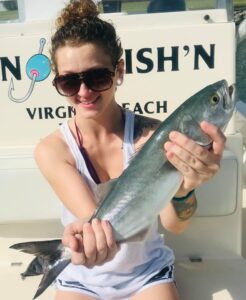

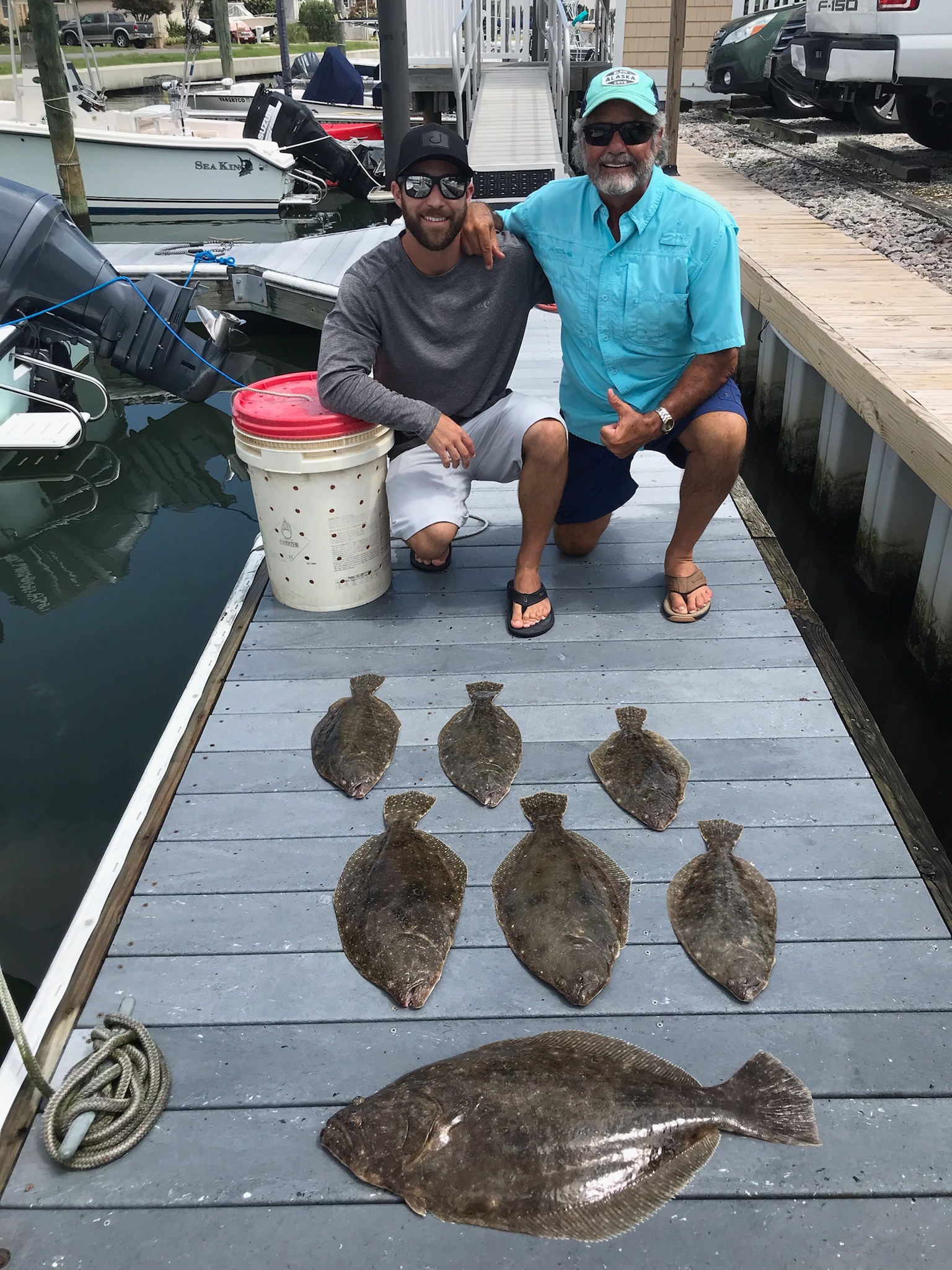














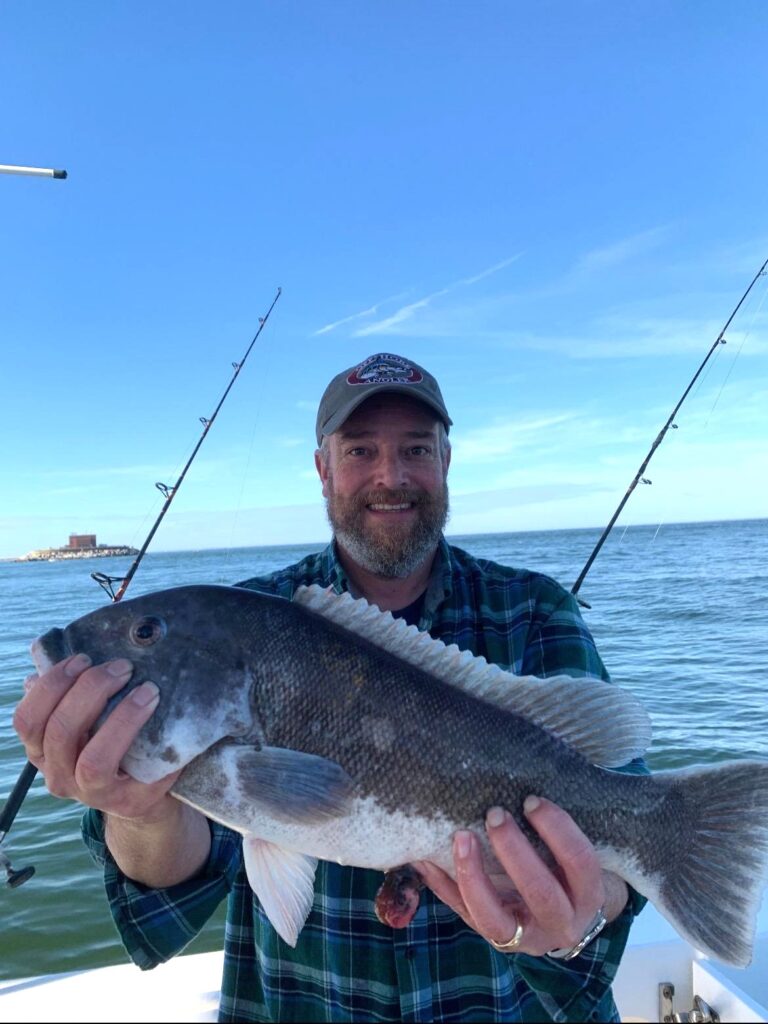






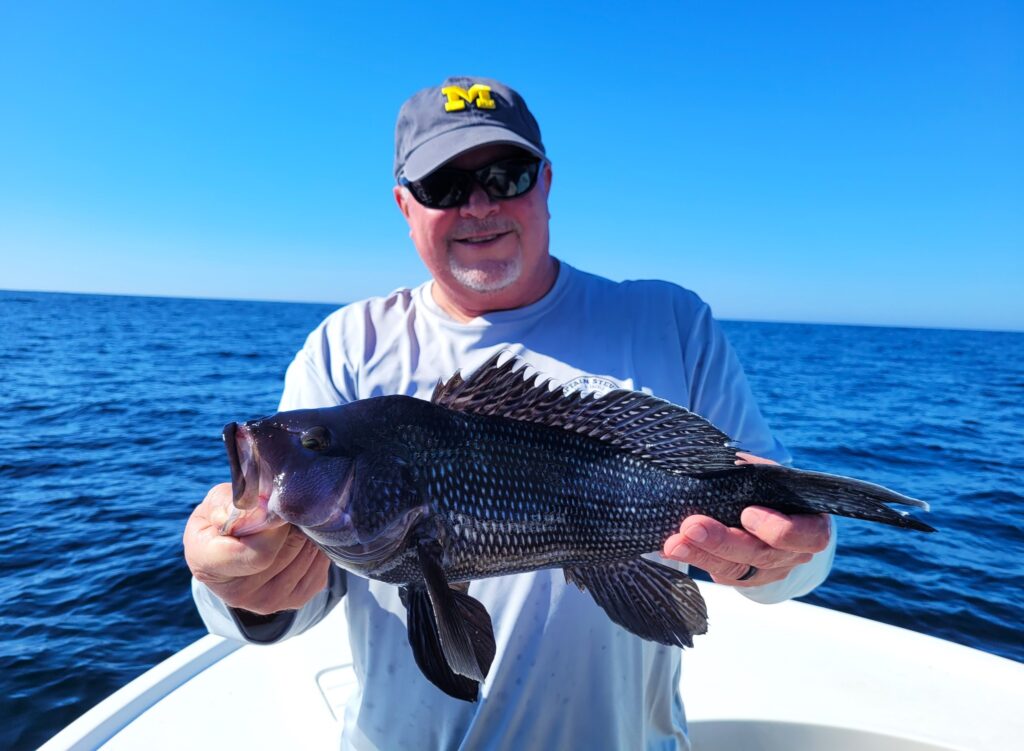

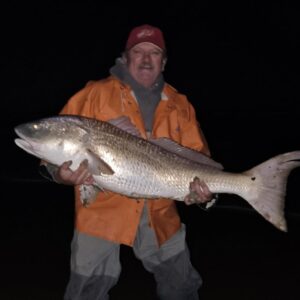
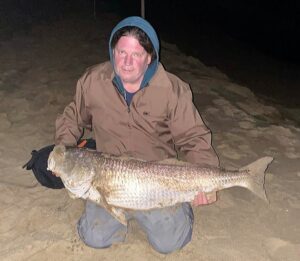







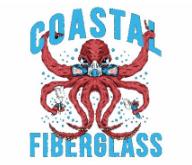





 Views Last 7 days : 1043
Views Last 7 days : 1043 Views Last 30 days : 6462
Views Last 30 days : 6462